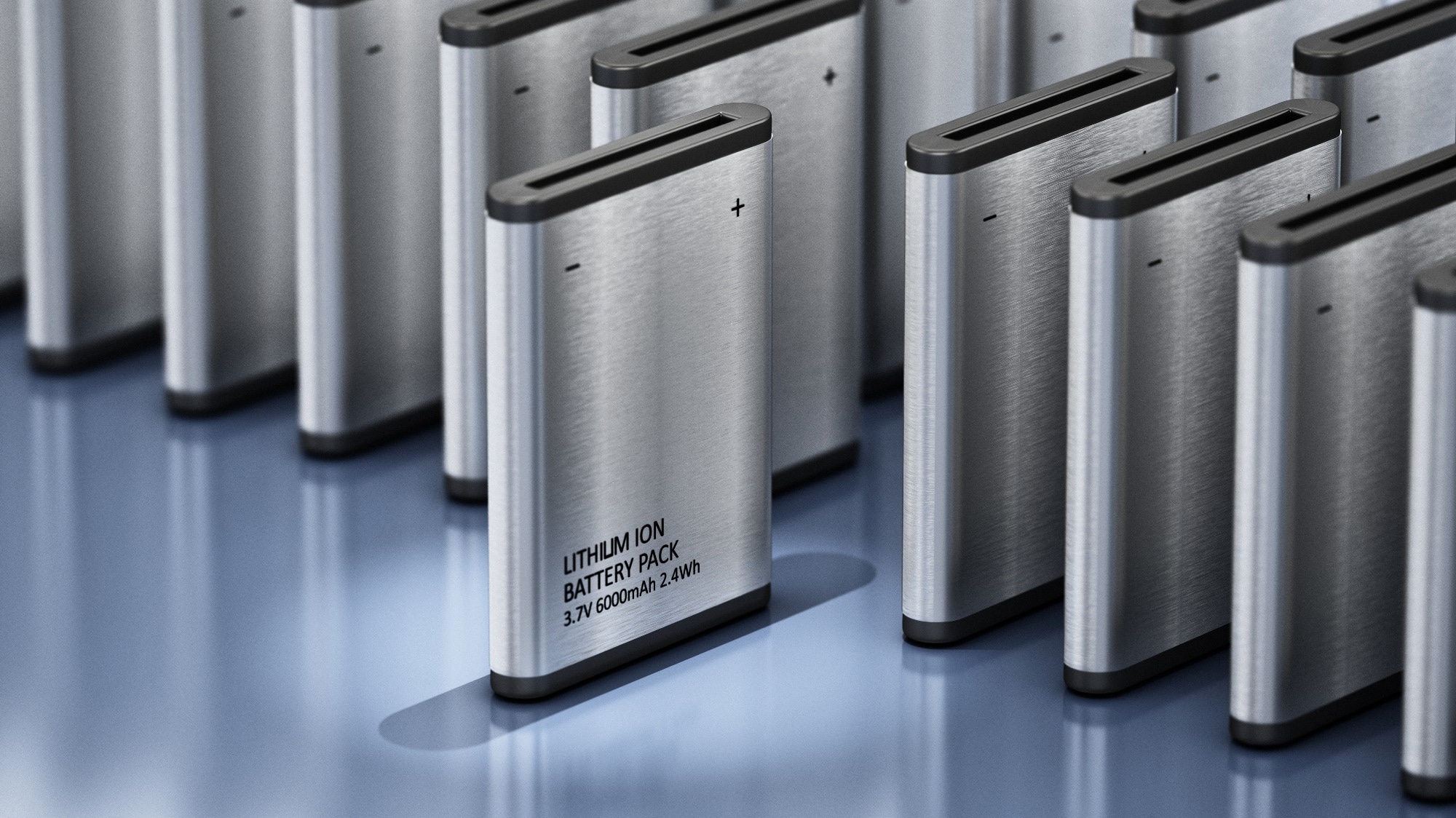Due to the large amounts of energy that can be stored in relatively small spaces, lithium-ion (Li-ion) batteries are used to power anything from smartwatches to electric vehicles. However, they are susceptible to catching fire or even blowing up when overheated.

Image Credit: Shutterstock.com/cigdem
A Li-ion battery can be quickly stopped by new technology, shutting it down when it becomes too hot, according to recent research that was published in ACS’ Nano Letters.
The chemistry of most batteries is basically the same: electrons are transferred from one electrode in the battery to another through an electronic device in a circuit.
The electrolyte liquid that distinguishes these electrodes in a Li-ion cell, however, can evaporate when it overheats, leading to a short circuit. Short-circuiting can occasionally result in thermal runaway, a condition in which a cell overheats uncontrollably.
Thermal runaway, which can cause a massive, difficult-to-fight fire, can occur when several Li-ion cells are chained together, as in electric vehicles. Some batteries now have fail-safe components, such as temperature sensors, external vents, or flame-retardant electrolytes, to prevent this.
Yet, frequently, these measures either start working too late or worsen performance. As a result, Yapei Wang, Kai Liu, and associates sought to develop a Li-ion battery that could quickly shut itself down while still performing as well as current technologies.
The researchers developed a material that would typically transmit electrons but switches to being an insulator under extreme heating using a thermally responsive shape memory polymer covered with a conductive copper spray.
A microscopic, 3D pattern that was programmed into the polymer surfaced at around 197 F, rupturing the copper layer and halting the flow of electrons. This prevented a possible fire while permanently shutting down the cell. Traditional cells, on the other hand, continued to function at this temperature, putting them at risk of thermal runaway if they overheated again.
The battery with the new polymer maintained a high conductivity, low resistivity, and a cycling lifetime comparable to a conventional battery cell at normal operating temperatures. According to the researchers, this technology could increase Li-ion battery safety without reducing its performance.
The National Natural Science Foundation of China, the Tsinghua University-China Petrochemical Corporation Joint Institute for Green Chemical Engineering, and the Tsinghua-Foshan Innovation Special Fund provided funding to the authors.
Journal Reference:
Jia, J., et al. (2022) Early Braking of Overwarmed Lithium-Ion Batteries by Shape-Memorized Current Collectors. Nano Letters. doi:10.1021/acs.nanolett.2c03645.